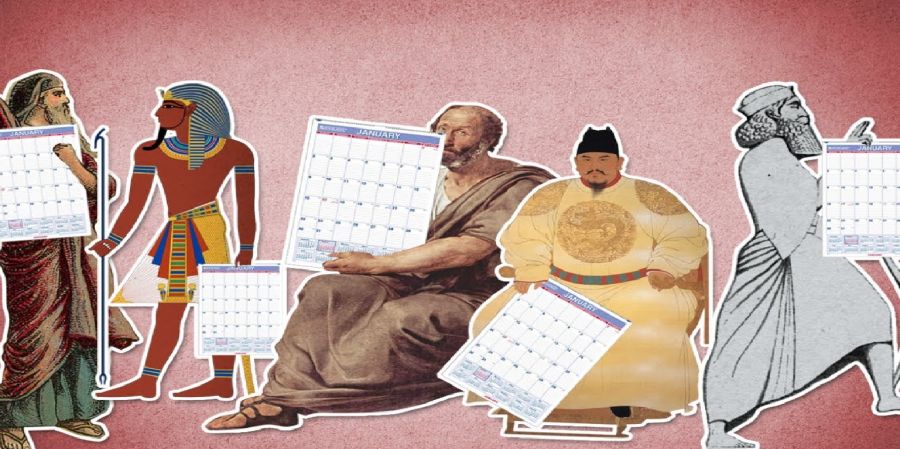

Orthodox Christianity celebrates Christmas on January 5th, and this week writes "The Son of a New Friend" on January 3rd. And now it's all Caesar's fault. After that, the Romans could not add a month every two years to fill the gap between the lunar calendar and the natural solar year. Julius Caesar 445 days to fill the gap in accumulation over the last 7th century in 46 BC (some historians say 443 days). Year. The "new" calendar, which was the procession of Caesar, was January 7th of the New Year (the Senate meeting was held at the Trinomial Meeting), and the supplement was rearranged. In this way he gave birth to the Julian calendar. This is the last day of the Aristarchus calendar in 239 BC. After his assassination, the month was renamed Julius (July) in honor of him. The Julian calendar estimates the length of the natural solar year (the time it takes to orbit the earth around the sun) to be 6 hours 365 days a year. Every four years, an additional 6 hours were accumulated and added as additional days to the year, creating a 366 leap year. However, the estimate on which the calendar is based was off by 11 minutes and 14 seconds. It was longer than the natural solar year. The extra part is a whole day. Around 325 AD, the equinox arrived on March 21 of the Julian calendar. It is not March 25, . The first Council met in Nice in 325 and decided that the day to celebrate the passage should be the first Sunday after the first Sunday. After the Vernal Equinox Day on March 21, the full Sunday was the month. In other words, it fixed the deviation of the Julian calendar, making the equinox occur on March 11th in 1582. Half-hearted measures by Pope Paul III. Pope Pius V was unable to restore the essential correspondence between the calendar and the seasons. Pope Gregory XIII. Eliminating 3 leap years every 400 years by specifying that in his 10th year in office, to obtain February 29, , he must be divisible by 400 with no remainder every year ending in 00. I decided. This brings the Julian calendar closer to the natural length of the solar year. However, as the Gregorian calendar and the equinox approached March 21, there was a 26-second error per year in adjusting the Julian calendar, but the 10th was removed from the civilian calendar in October 1582. They were robbed for 10 days. The Gregorian calendar was controversial in Protestant countries. And Britain and her colonies did not adopt it until 1752. They had to move the official New Year from March 25th to January 1st. Centuries later, the post-OS ("old calendar") dates will revert to the NS ("new calendar") Julian and Gregorian calendars. Sweden introduced the Gregorian calendar in 1753, Japan in 1873, Egypt in 1875, Eastern Europe from 1912 to 1919, and Turkey in 1927. In Russia, a (bourgeois) revolutionary has ordered the 13 days to be removed from the calendar. After January 31, 1918, it will be February 14, 1918. According to this calendar, the equinox retreats by one day every 40,000 years.


